Hi Guys,
I just finished the following impression and thought that I would post it here...
CANADA 1939

Canada’s armed forces in the interwar period consisted of the Permanent Active Militia (known as the Permanent Force) and Non-Permanent Active Militia. Both were greatly reduced after the Great War and seriously neglected throughout the 1920’s and 1930’s. The militia found itself severely underfunded and left with only a small amount of military equipment not sold off as surplus following the Great War. This all changed with the outbreak of war in September of 1939, when many militia units were mobilized as part of the Canadian Active Service Force (the equivalent of the 1914 Canadian Expeditionary Force).
This Regular of Canada’s premier unit of the Permanent Force, the Royal Canadian Regiment, prepares for King George VI’s Royal Visit to London, Ontario in June. He wears the lighter Canadian summer dress uniform and dress cap along with a set of the newer Pattern 1925 webbing that was issued in limited quantities to some Canadian militia regiments.
1) ‘Caps, Forage, Drab’; Nearly Identical to the Model 1905 British Service Dress Cap, the Canadian forage cap was largely replaced by the new field service cap starting in 1939. It was constructed of the same drab wool used on the service dress tunic and featured a stiff flat top, narrow brown leather chinstrap mounted with brass buttons, two pairs of brass grommets on either side for ventilation and a cap badge mounted on the front (here the Royal Canadian Regiment’s badge featuring Queen Victoria’s monogram and crown).
2) Canadian Pattern Summer Service Dress Jacket; Very similar to the 1st pattern Khaki Drill jacket worn by British troops in the Great War, the Canadian pattern was made of cotton twill in a distinctive greenish shade of khaki. These jackets were intended to be worn during the summer months in Canada and were largely replaced by battledress in the early years of the war. Features include a stand-and-fall collar, patrol pattern back, pointed cuffs, brass buttons mounted on split rings, brass belt hooks and two breast patch pockets with pointed flaps.
3) Pattern 1925 web equipment (termed pattern 1919 in Canada); Canada’s militia sought to replace its Great War stocks of Pattern 1908 webbing as early as 1924 with limited domestic webbing production. In 1927, the militia placed an order for a small number of the most current Mills pattern. These new sets went to the regulars of the Permanent Active Militia, leaving the non-permanent force with the old Pattern 1908 webbing until the widespread issue of Canadian-made Pattern 1937 webbing in 1940.
4) Canadian Pattern Summer Service Dress Trousers; Constructed of the same distinctive greenish khaki as the summer service dress jacket, these trousers were typically worn without gaiters or leggings and featured metal buttons as well as belt loops for the use with a Canadian army issue brown leather trouser belt.
5) Hobnailed 'Ammunition boots'.
6) Bayonet No.1 Mk.1; the seventeen-inch 1907 pattern bayonet of the Great War was given new nomenclature by the Second World War.
7) SMLE rifle No.1 Mk.III*
It took me years to find a Canadian-made summer uniform, one surplus store owner reminded me of Canada's geographical location when I asked about
The following pictures demonstrate the widespread usage of this uniform in the late 1930's and early 1940's...
In the Militia (The Algonquin Regiment, 1941)

In the Cavalry (The Fort Garry Horse)
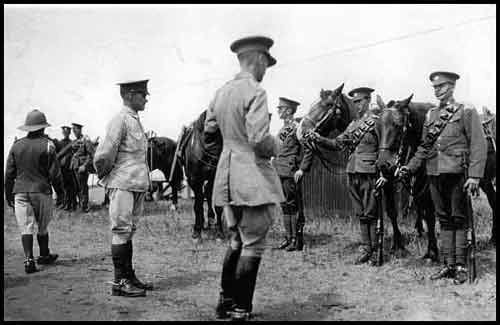
In the Artillery (RCA 1942)
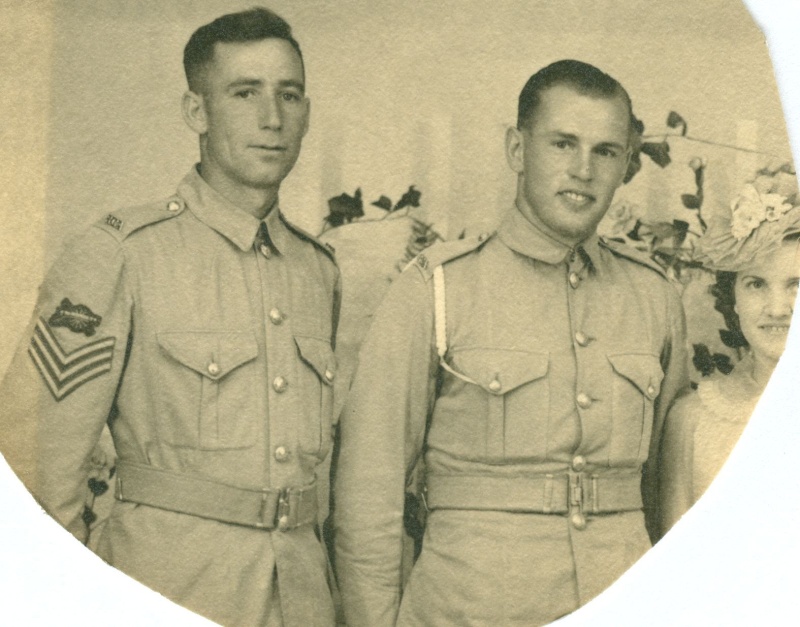
In the Provost Corps
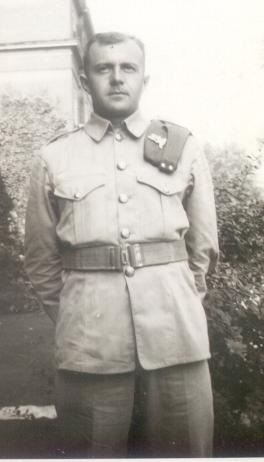
In the Armoured Regiments (The Essex Regiment, Tank)
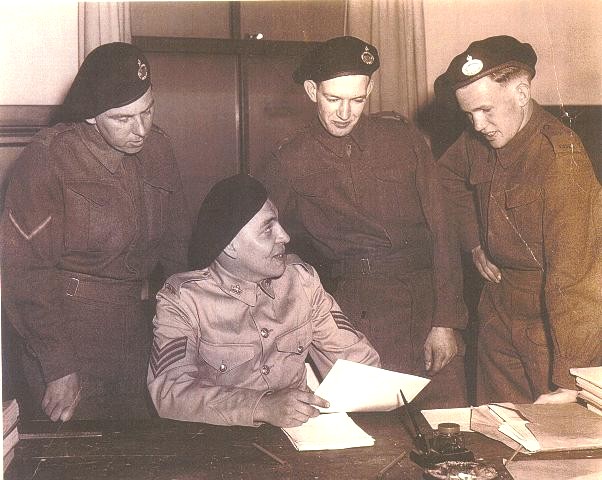
With trousers (Nova Scotia, 1941)
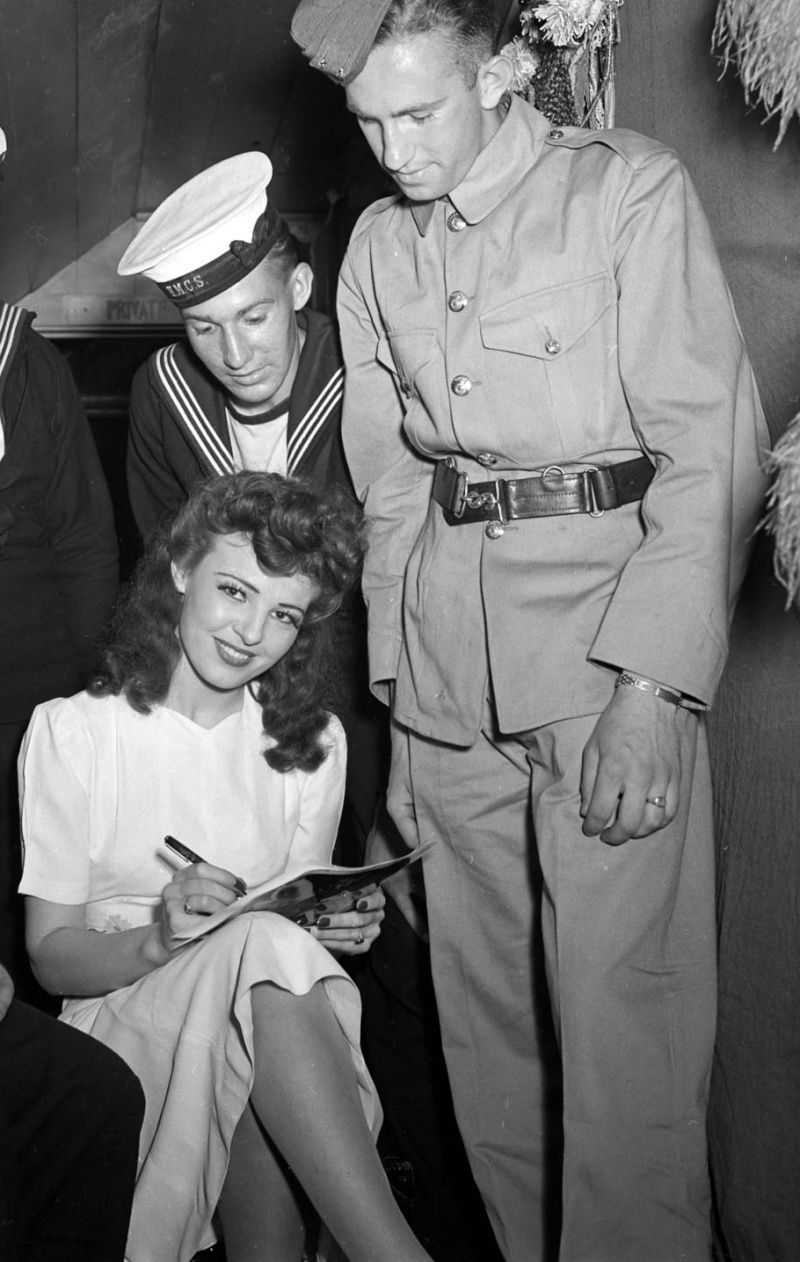
With shorts (Royal Rifles of Canada, 1941)

With a kilt (Nova Scotia, 1941)

With steel helmets

I just finished the following impression and thought that I would post it here...
CANADA 1939

Canada’s armed forces in the interwar period consisted of the Permanent Active Militia (known as the Permanent Force) and Non-Permanent Active Militia. Both were greatly reduced after the Great War and seriously neglected throughout the 1920’s and 1930’s. The militia found itself severely underfunded and left with only a small amount of military equipment not sold off as surplus following the Great War. This all changed with the outbreak of war in September of 1939, when many militia units were mobilized as part of the Canadian Active Service Force (the equivalent of the 1914 Canadian Expeditionary Force).
This Regular of Canada’s premier unit of the Permanent Force, the Royal Canadian Regiment, prepares for King George VI’s Royal Visit to London, Ontario in June. He wears the lighter Canadian summer dress uniform and dress cap along with a set of the newer Pattern 1925 webbing that was issued in limited quantities to some Canadian militia regiments.
1) ‘Caps, Forage, Drab’; Nearly Identical to the Model 1905 British Service Dress Cap, the Canadian forage cap was largely replaced by the new field service cap starting in 1939. It was constructed of the same drab wool used on the service dress tunic and featured a stiff flat top, narrow brown leather chinstrap mounted with brass buttons, two pairs of brass grommets on either side for ventilation and a cap badge mounted on the front (here the Royal Canadian Regiment’s badge featuring Queen Victoria’s monogram and crown).
2) Canadian Pattern Summer Service Dress Jacket; Very similar to the 1st pattern Khaki Drill jacket worn by British troops in the Great War, the Canadian pattern was made of cotton twill in a distinctive greenish shade of khaki. These jackets were intended to be worn during the summer months in Canada and were largely replaced by battledress in the early years of the war. Features include a stand-and-fall collar, patrol pattern back, pointed cuffs, brass buttons mounted on split rings, brass belt hooks and two breast patch pockets with pointed flaps.
3) Pattern 1925 web equipment (termed pattern 1919 in Canada); Canada’s militia sought to replace its Great War stocks of Pattern 1908 webbing as early as 1924 with limited domestic webbing production. In 1927, the militia placed an order for a small number of the most current Mills pattern. These new sets went to the regulars of the Permanent Active Militia, leaving the non-permanent force with the old Pattern 1908 webbing until the widespread issue of Canadian-made Pattern 1937 webbing in 1940.
4) Canadian Pattern Summer Service Dress Trousers; Constructed of the same distinctive greenish khaki as the summer service dress jacket, these trousers were typically worn without gaiters or leggings and featured metal buttons as well as belt loops for the use with a Canadian army issue brown leather trouser belt.
5) Hobnailed 'Ammunition boots'.
6) Bayonet No.1 Mk.1; the seventeen-inch 1907 pattern bayonet of the Great War was given new nomenclature by the Second World War.
7) SMLE rifle No.1 Mk.III*
It took me years to find a Canadian-made summer uniform, one surplus store owner reminded me of Canada's geographical location when I asked about
The following pictures demonstrate the widespread usage of this uniform in the late 1930's and early 1940's...
In the Militia (The Algonquin Regiment, 1941)

In the Cavalry (The Fort Garry Horse)

In the Artillery (RCA 1942)

In the Provost Corps

In the Armoured Regiments (The Essex Regiment, Tank)

With trousers (Nova Scotia, 1941)

With shorts (Royal Rifles of Canada, 1941)

With a kilt (Nova Scotia, 1941)

With steel helmets








